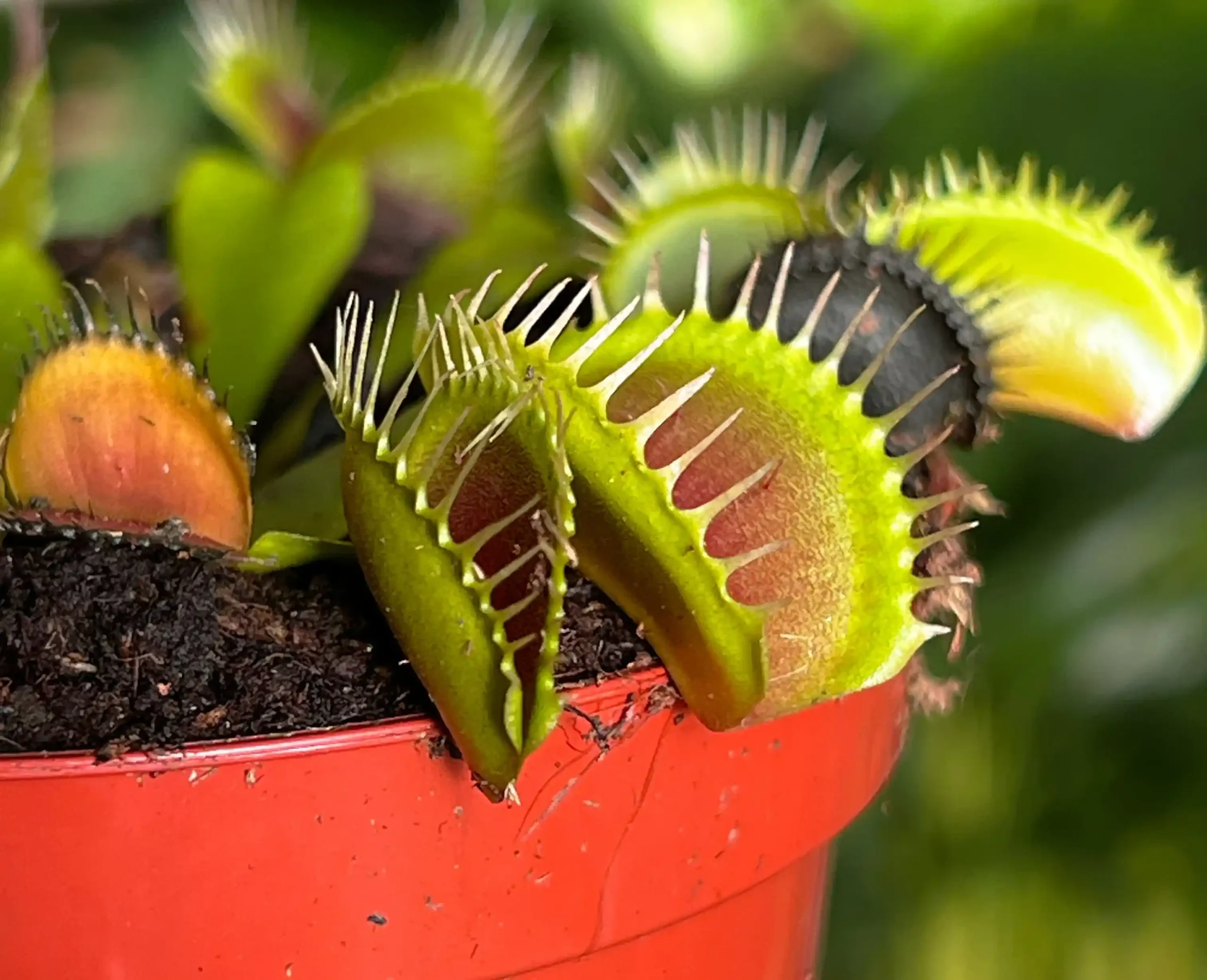Fly Trap – Effective Solutions for a Pest-Free Home and Garden
Flies are more than just an annoyance — they can spread germs, contaminate food, and disrupt daily life. Whether you are dealing with them in the kitchen, garden, or outdoor dining area, a fly trap can be an effective, low-maintenance way to control the problem.
From simple DIY setups to advanced electric devices, there are various types of fly traps that can keep your space free from these persistent pests. In this guide, we’ll cover the different options, how they work, and how to choose the right one for your needs.
Why You Need a Fly Trap
Flies can carry bacteria such as E. coli and Salmonella, making them a potential health risk. They breed quickly, meaning a small problem can escalate fast. A fly trap:
-
Helps reduce the fly population effectively.
-
Prevents food contamination.
-
Creates a more comfortable living and dining environment.
Types of Fly Traps
1. Sticky Fly Traps
These use adhesive strips or boards that attract flies, which then get stuck and cannot escape. They are:
-
Affordable and easy to set up.
-
Ideal for indoor and light outdoor use.
-
Disposable and mess-free.
2. Electric Fly Zappers
These attract flies using UV light and eliminate them instantly. Benefits include:
-
Fast and effective results.
-
Suitable for both homes and commercial kitchens.
-
Minimal maintenance — just empty the tray.
3. Baited Fly Traps
These traps use food-based or chemical attractants to lure flies into a container where they cannot escape. Advantages:
-
Great for outdoor use.
-
Works well for larger infestations.
-
Can be reused with fresh bait.
4. DIY Fly Traps
A homemade fly trap can be as simple as a jar with sugar water and a paper funnel. They are:
-
Budget-friendly.
-
Easy to customize with available materials.
-
Eco-friendly when using natural ingredients.
How to Choose the Right Fly Trap
When selecting a fly trap, consider:
-
Location – Indoor traps may differ from outdoor traps in design and safety.
-
Infestation Level – Heavier infestations may require more powerful solutions.
-
Ease of Maintenance – Some traps require regular cleaning or bait replacement.
-
Eco-Friendliness – If avoiding chemicals, opt for natural bait or sticky traps.
Setting Up a Fly Trap for Best Results
-
Identify Hotspots – Place traps where flies are most active, such as near trash bins or open windows.
-
Keep Away from Food Prep Areas – For hygiene reasons, position traps a safe distance from food.
-
Replace or Clean Regularly – This ensures the trap remains effective and sanitary.
-
Combine with Preventive Measures – Keep surfaces clean, cover food, and dispose of garbage promptly.
Preventing Future Fly Problems
While fly traps are great for managing existing infestations, prevention is the best long-term solution:
-
Keep kitchen counters and sinks clean.
-
Seal garbage bins tightly.
-
Use mesh screens on windows and doors.
-
Remove standing water sources that attract flies.
Eco-Friendly Fly Trap Ideas
For those who prefer a chemical-free approach:
-
Fruit Trap – Place overripe fruit in a jar with a plastic wrap cover and small holes.
-
Vinegar Trap – Mix apple cider vinegar with a drop of dish soap in a bowl to lure and trap flies.
-
Herbal Repellents – Basil, mint, and lavender can deter flies naturally.
FAQ – Fly Trap
Q1: How long does it take for a fly trap to work?
Most traps start attracting flies within hours, but noticeable reductions often occur within a day or two.
Q2: Are fly traps safe for pets?
Sticky and baited traps are generally safe if placed out of reach. Electric traps should be positioned where pets cannot touch them.
Q3: Can I use a fly trap indoors and outdoors?
Yes, but choose a trap specifically designed for your intended location to ensure safety and effectiveness.
Q4: Do fly traps attract other insects?
Some bait traps may attract other pests, so place them strategically to avoid unwanted insects.
Q5: How often should I replace my fly trap?
Replace sticky strips when full and refresh bait every few days for maximum effectiveness.
Final Thoughts
A fly trap is a simple yet powerful tool for keeping your home and garden pest-free. By choosing the right type, placing it in strategic locations, and maintaining it regularly, you can enjoy a cleaner, more comfortable environment.
Combined with good hygiene and preventive practices, a fly trap can be your first line of defense against these unwanted visitors.
